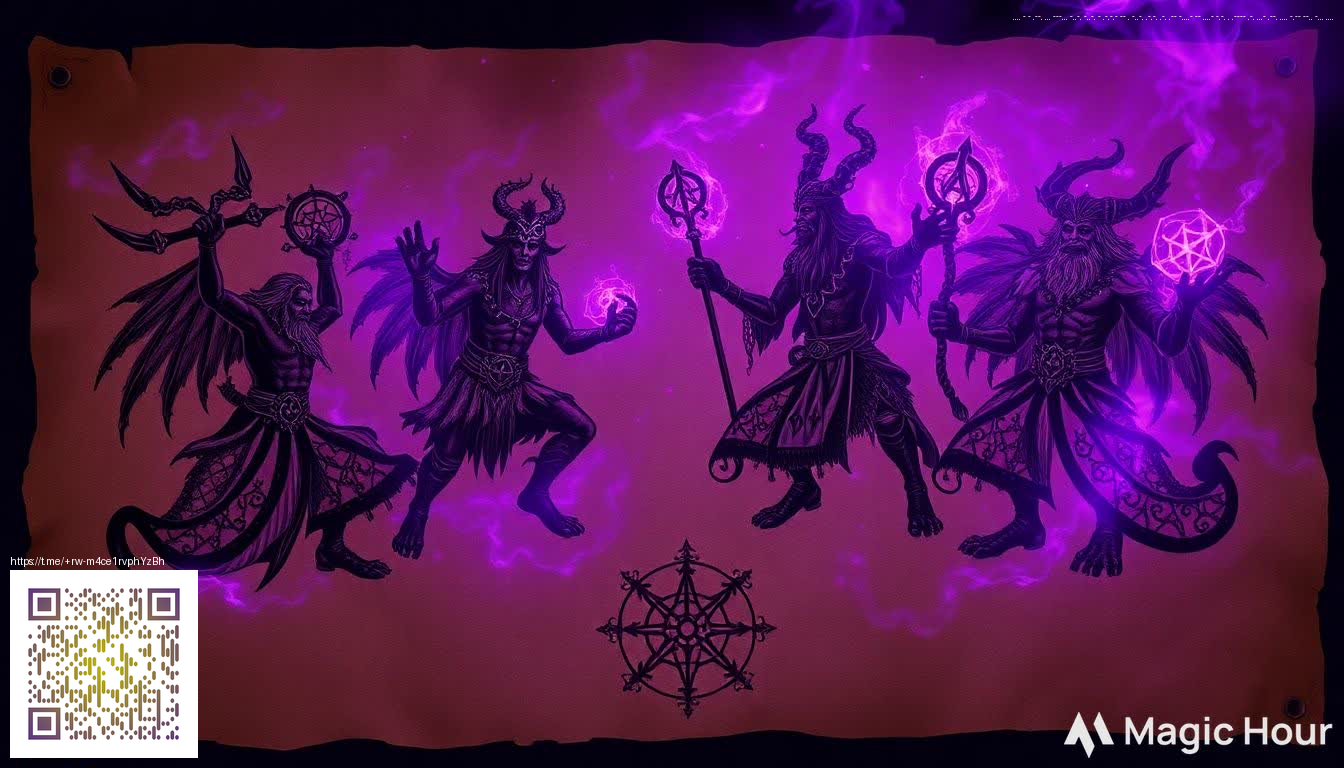
How the Narrative Stacks Up Against Earlier Mario Party Entries
The Mario Party series has long traded on quick riffs of humor, chaotic minigames, and the thrill of chasing a star filled victory. By design the storytelling is lightweight, serving as a playful frame rather than a spine. The second title in the franchise amps up the personality of its cast while preserving the core premise that players want to cooperate and collide in equal measure.
Narrative framing across the early installments
The first few games establish a simple stage for the action. Characters show up with distinct vibes and witty banter that hints at rivalries without ever steering the outcome toward a deep plot. The narrative function is essentially a backdrop that motivates the party atmosphere. In practice this means players remember the lines, the board quirks, and the chaos of the next turn more than any unfolding epic story.
With the second entry, that framing becomes a touch more polished. The cast bounces off each other with sharper one liners and clearer personality cues. The game leans into the idea that this is a social arena first and a story engine second, a balance that resonates with players who prize replayability and spontaneous moments over lore depth.
A more cohesive yet still light hearted narrative approach
Mario Party 2 delivers a more cohesive mood through tighter dialogue pacing and more memorable character interactions. The visuals and voice acting lend a sense that each board has its own atmosphere, even as the overarching goal remains the straightforward pursuit of stars. It is a narrative reclamation of sorts, turning mood into a tool for social energy rather than a vehicle for sprawling arcs.
What this means in practice is that when a player lands on a board with a spooky or zany theme, the surrounding banter and cutscene cues reinforce that vibe without demanding a heavy backstory. The result is a stronger sense of place within the same familiar framework, letting friends lean into the joke of the moment and drive the session forward with fewer interruptions for exposition.
Character dynamics and humor as engines of story
The cast functions as a living narrative engine. Their playful jabs, friendly jabs, and competitive trash talk set a tone that makes each match feel like a shared story told in real time. The humor lands with a sharper edge than in the earliest chapters, and that humor in turn elevates the sense of stakes just enough to keep rounds lively without overcomplicating the experience.
Community conversations reflect this shift as well. Players repeatedly emphasize that the charm of the cast and their exchanges sustains enthusiasm even after countless replays. The story becomes a social feature rather than a dominant plot device, and this dynamic is a core reason why the game endures in parties and weekend tournaments alike.
Impact on play style and multiplayer energy
With narrative emphasis tuned toward character chemistry and mood, players are nudged toward a more collaborative yet competitive flow. The boards and minigames are designed to reward clever manipulation of opportunities and timely risk taking, all while the jokes and quips from rivals fuel the thrill of the moment. This synergy between light storytelling and fast paced competition is a key reason why this entry feels more approachable in group settings and why it still serves as a touchstone for couch co op gatherings.
From a gameplay perspective the structure remains intact: roll the dice, navigate the board, perform well in mini games, and claim the most stars. The narrative scaffolding simply provides a friendlier context for those mechanics, nudging teams toward memorable moments without dragging the session into a saga someone needs to finish.
Developer commentary and community voice
Historically, Hudson Soft and Nintendo focused on crafting a party experience that could be enjoyed by players of all ages. The narrative layer mirrors that philosophy by leaning into character charm and board personality rather than intricate plots. Community discussions highlight how this emphasis translates to broader accessibility and social enjoyment. Fans celebrate the way the game invites shared storytelling through in game dialogue and the arrangement of boards, which keeps every session fresh.
Update coverage has also touched on how later rereleases and emulation communities preserve this narrative approach. Even as new Mario Party titles experiment with different modes and scripts, the core idea of a lighthearted, character driven party remains a through line that players trust and return to. That trust matters because it makes it easier to pick up the game with friends who are new to the series and still have a blast from the first round.
Modding culture around classic party games tends to be more limited than for single player experiences, yet fans still find ways to honor the tone. ROM hacks, fan patches, and preservation projects keep the game accessible on modern hardware, maintaining the social heartbeat that makes the story feel relevant across generations. The enduring conversation around these titles often circles back to the balance of humor, party chaos, and approachable storytelling that Mario Party 2 nails so cleanly.
In sum, the narrative in this title does not rewrite the book on storytelling. It instead refines the book’s cover art, voice, and atmosphere to better fit the era of party driven multiplayer. The framing is still simple, but the personality and mood feel more deliberate, which helps the game age gracefully alongside its fans.
Support a decentralized internet and help sustain thoughtful, player focused journalism and coverage. Your contribution helps us keep the lights on as we dive deep into the stories behind your favorite games.
Donate with KoFi to support the decentralized internet